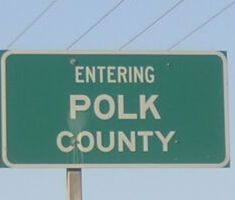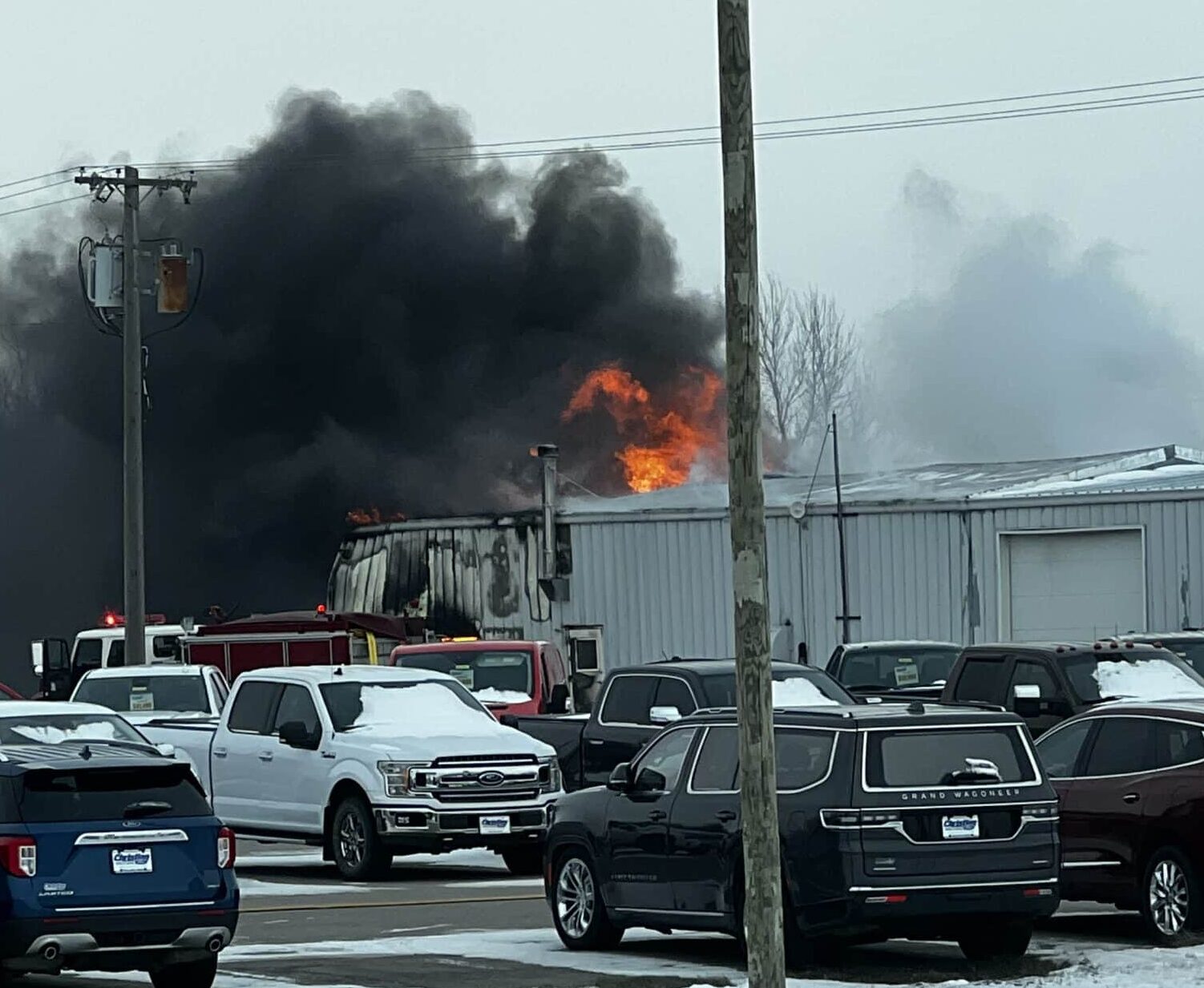The County Line By Warren Strandell – Polk County Commissioner, Dist. 2
Recently, I was one of about a dozen people (including 3 from North Dakota) who participated in a seminar conducted by the Minnesota Department of Transportation that delved into the subject of how electronics are going to replace us humans as the drivers of cars and trucks.
The benefits of this driverless era are being promoted as safety, convenience, benefits for the environment, not having to own a vehicle, and a few other things.
Negatives involve providing some road improvements, appropriate signage (for the period before things go fully driver-less), the loss of gas tax, and the education that will be needed for those of us who aren’t nearly as technology adept as younger generations.
Many of us have trouble understanding how commands that come out of a cloud can accomplish all that will be needed. We grew up understanding things differently, like how things actually need to be held, timed, weighed, measured by content, etc. Even for those more attuned to cyberspace technology, this is will be a whole new world for all of us.
But it isn’t going to happen overnight. While the advent of driverless cars has been talked about in the news for some time, it is going to take time for all of this to happen. That’s why the Minnesota Department of Transportation (Mn-DOT) has had a team of its planners conducting these seminars around the state to start the planning process.
Will come in stages
In that planning effort, the seminar outlined a timetable that goes through five stages starting with “driver assistance” features. New cars are already well into the driver assistance phase, like those warning beeps when we get too close to other cars or when we cross a centerline.
After driver assistance come the stages of partial automation, conditional automation, high automation, and full automation.
Partial automation involves such things as automatic acceleration and steering but with the driver still engaged in the task of driving and monitoring the environment.
Conditional automation goes a step further with the driver still needed and ready to take control when needed.
At high automation, the vehicle would be capable of performing all driving functions but the driver would still have the option to assume control of the vehicle.
Do anything but drive
In the full automation stage the vehicle would operate on its own under all conditions. As imagined in news stories, when under full automation people could do other things than drive to their destinations… work, study, visit, read, sleep, whatever.
Full automation is the point at which you wouldn’t have to own a vehicle; you could just call to have one to show up at your home and take you where you wanted to go. You would pay only for the trip. No purchase price. No insurance cost. No maintenance. Cars would be computers on wheels.
With full automation, some of those promoting the advantage of driver-less vehicles have said that from 90 to 95 percent fewer vehicles would be needed and that there would only be one accident for every 10 million miles traveled versus the current rate of one accident for every 62,137 miles. This could save a million lives each year. But with no need to own a car or insure it, many car manufacturers and auto insurance companies would go broke.
The capability to recharge?
A subject that wasn’t addressed during the seminar is that of the ability of the country’s power system to recharge all of those batteries. I recall an email item that showed up in my box a year or so ago. The writer’s name and qualifications, if any, weren’t listed but since the information came off the Internet… well that automatically makes it factual, right?
The gist of the message came down to the claim that the existing electric industry couldn’t handle more than a fraction of the demand that would be needed to recharge the batteries when electric cars become common. The example given was that recharging a Tesla would require a 75-amp service with the email claiming that most homes have only a 100-amp service (although I believe that many homes have 200-amp service). Regardless, with all of the other power demands in the home, there would still be a problem.
Further, the writer said about his immediate neighborhood (about 25 homes), that the delivery infrastructure currently in place could only handle the demand involved with keeping about 3 Teslas charged and in service.
This being accurate, since it comes from the Internet, would mean that it is likely that the entire power industry — both the generating capabilities and the distribution system — would have to be doubled, maybe more.
There was more in the email about the high cost of owning and operating an electric vehicle. All of it came down to the summation that the country isn’t anywhere near ready for driver-less cars.
Everything being reported in the news and by from industry tells us that driverless cars are coming and MnDOT is starting to plan for it. Still, I think that I’m going to need some time to get used to that development.
Thoughts for the day:
How old would you be if you didn’t know the day you were born? — From the song, “Don’t Let the Old Man In,” written by Toby Keith to describe Clint Eastwood
Two can live as cheaply as one if one if don’t eat. — Wisdom From the Seat of an Old Tractor
Disclaimer: Thoughts expressed in this column are those of the author and are not necessarily a reflection of the opinions of the other members of the Polk County Board of Commissioners
Tags:



